
Excavations of the central part of the ancient temple of Demeter in the acropolis of Falasarna have revealed finds of mostly archaic times.
The temple was located on a rocky hill at the junction of two high mountain peaks in a natural cave with abundant water, but which had once collapsed. After the destruction of the cave, the entire rocky hill functioned as a sacred place in the open air for worshiping a chthonic deity associated with earth, water, fertility and, in general, the power of water as a source of life. This is evidenced by hundreds of clay figurines of female figures, deities on thrones, pole heads resembling the goddess Demeter, miniature hydras and water-bearing women, typical finds in the sanctuaries of the ancient goddess Demeter.
The architectural structure of the temple that survives today was rebuilt in stone for reuse at the end of the 4th and beginning of the 3rd century. for example, on the same rock where the cave and the earliest cult existed. The mosque is defined by a fence, which is mostly preserved, except for a part that seems to have been destroyed by a huge boulder.
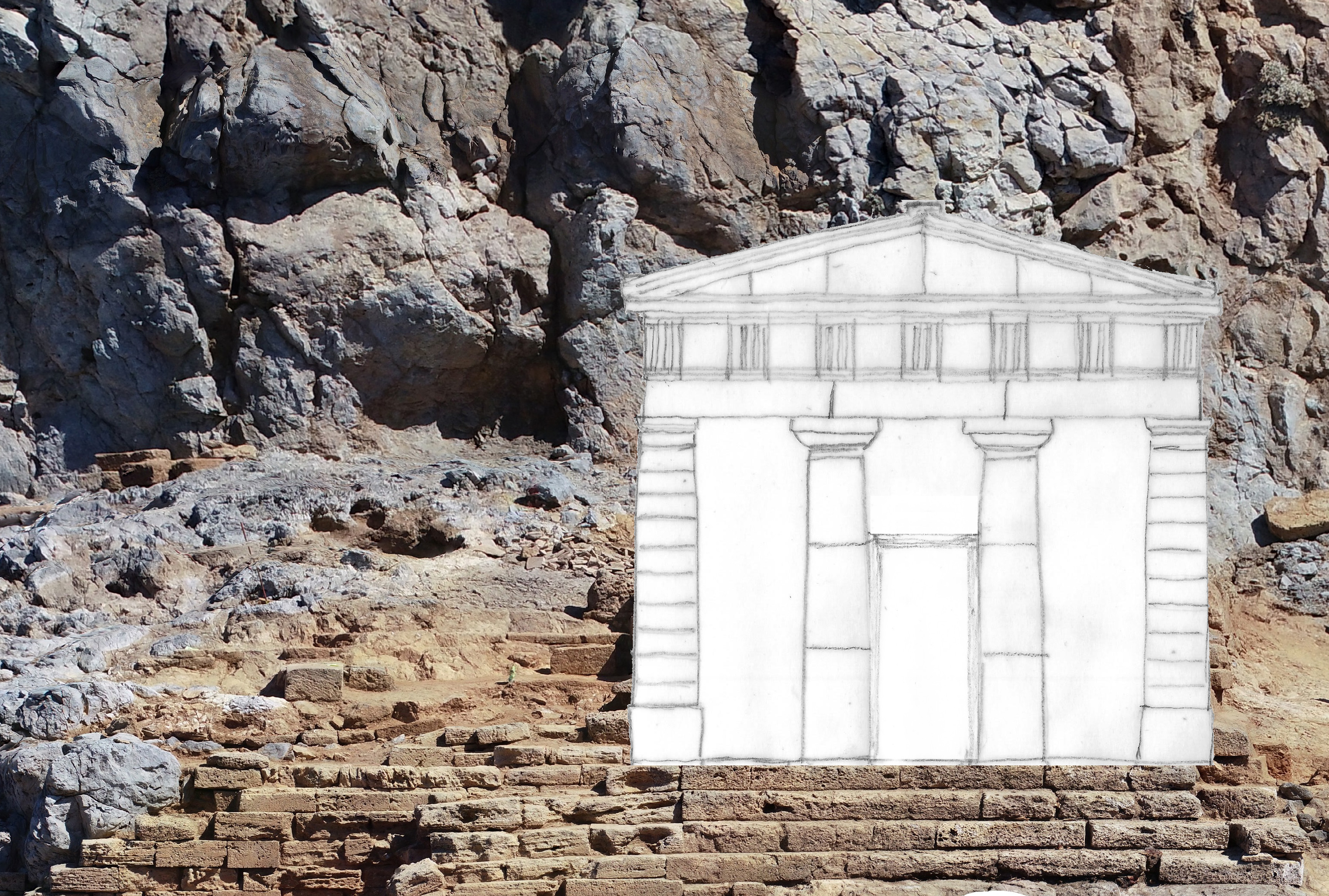
A monumental staircase led to two one-room buildings with a common interior wall and a common parapet on the north side. The eastern building was the main building of the temple, and the western one probably served as an auxiliary building. A door in the eastern part of the aditos led to an open area where sacrifices were made.
In the sanctuary of the temple, the floor was tiled, as well as on the other floors of the temple. There were five offering boxes on the floor, inside of which were found vases of good quality, elegantly shaped, some of a ceremonial nature, one of which was engraved in Doric with the name of the goddess to whom the temple was dedicated: AKE STO I D A M A T R I , Akestoi dedicates to the goddess Demeter.
The temple was in the Doric style, built on a natural rock with two corrugated columns, parts of which have been preserved. Roof of the Corinthian type with clay sleepers and ceilings. Based on the study of excavation data and architectural elements, it seems possible that the graphic restoration of the monument, as well as the future restoration of the temple.
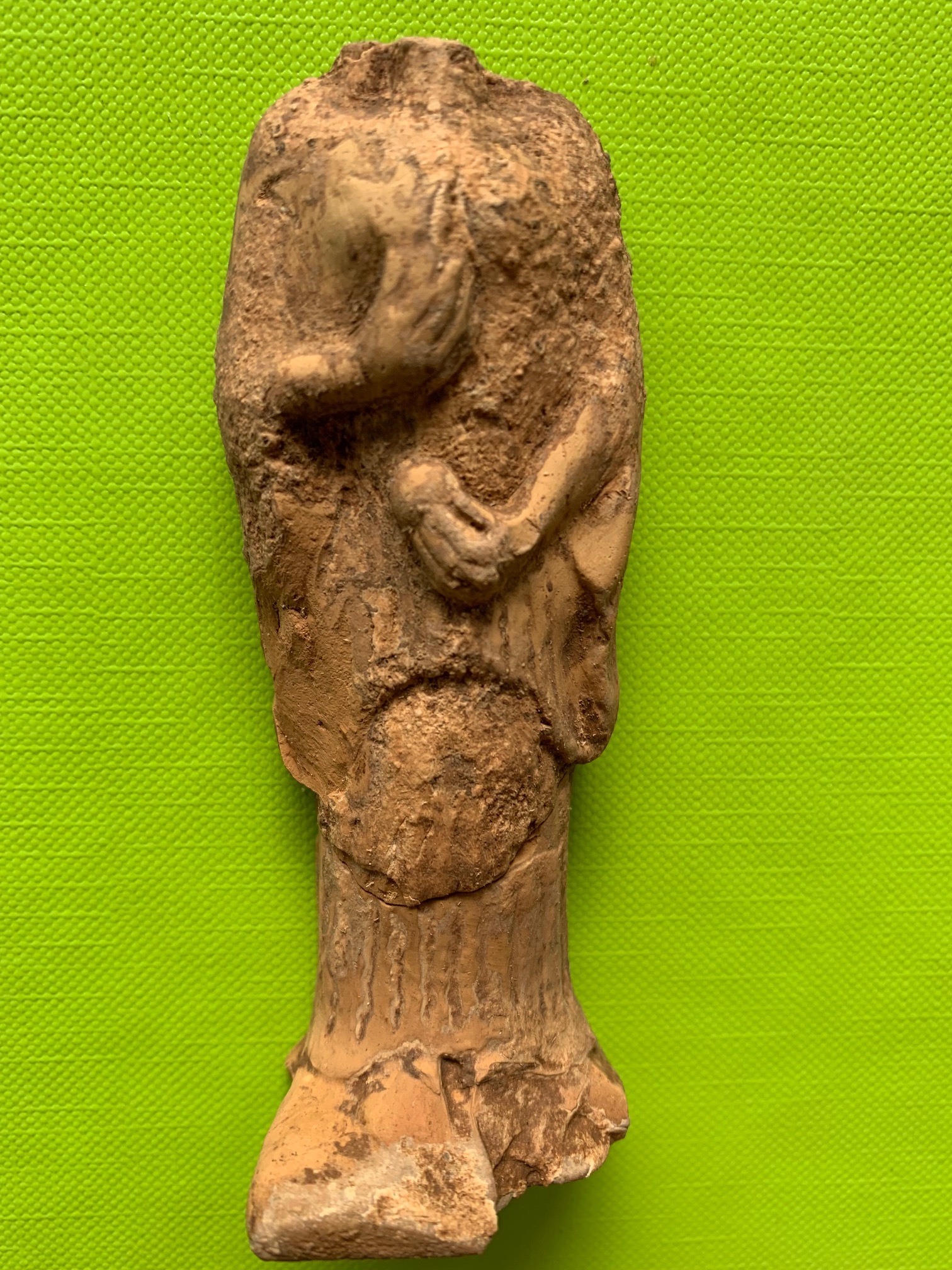
On rocky areas and ancient deposits in excavated pits, finds were found in the main archaic time. Daedalian art seems to dominate in the early Archaic period (650 BC) in the form of nude female figures wearing a Daedalian headdress and a tall pole. From the finds of the VI century. BC. objects made of Egyptian and Phoenician glass, clay figurines of birds and animals, arrowheads and spears, miniature vases, female figurines on thrones, and a female figurine holding a poppy and a pomegranate stand out. As for the finds of the 4th and 3rd centuries. BC. hydrisks stand out, a beak-shaped ritual passage with a red image of flying love, iron spikes and alabaster vessels.
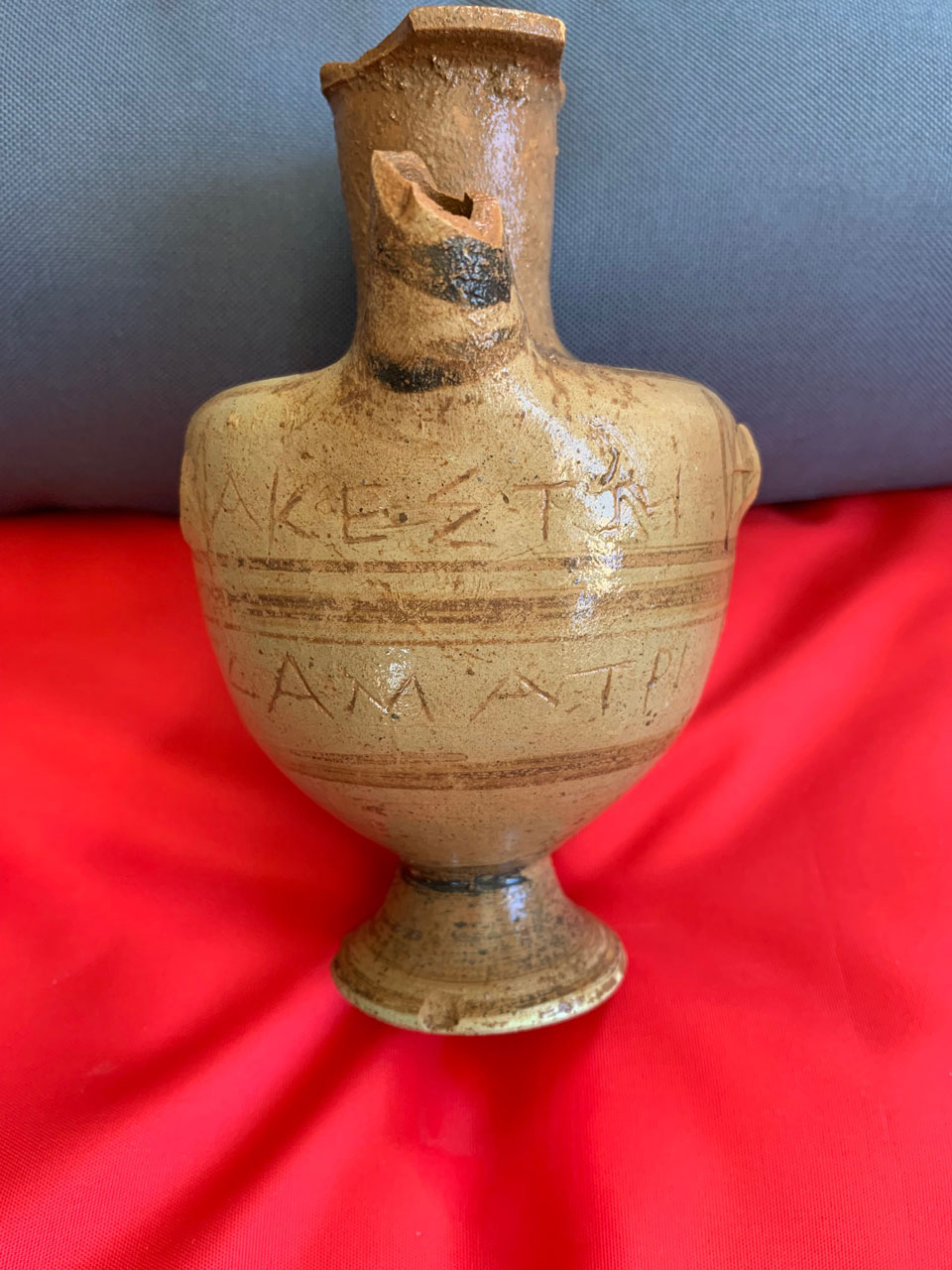
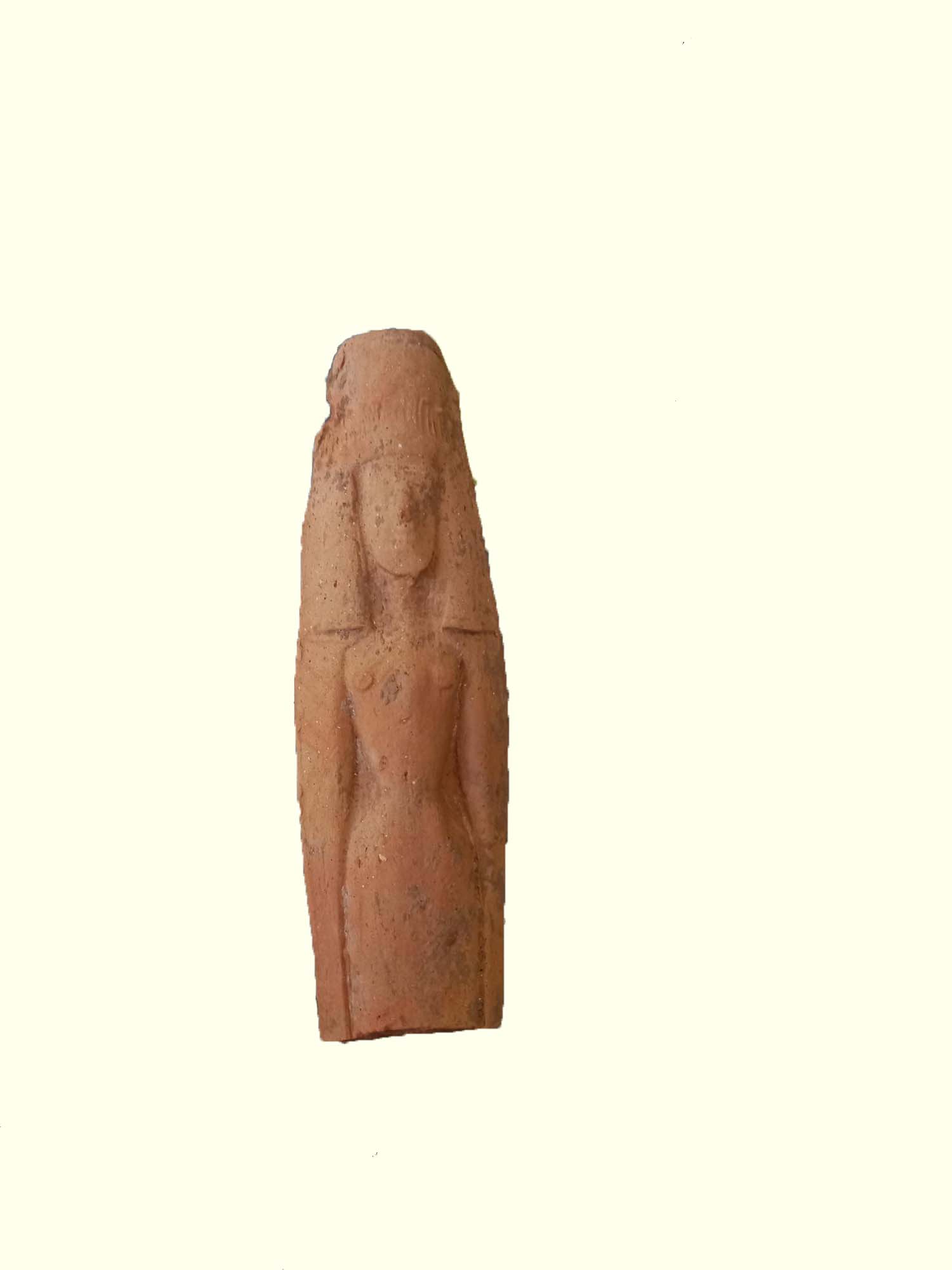
Geophysical surveys were carried out by professors G. Tsokas and G. Vallianatos with groups from the Mediterranean University of Crete. Scans showed architectural remains underground, and their shape below was found to be semicircular. However, the semi-circular arrangement was not clearly visible at the top of the image to identify the ruins as belonging to what was once a public building, i.e. theater or parliament. Only excavations will complete the picture provided by geophysical surveys and lead to its full interpretation.
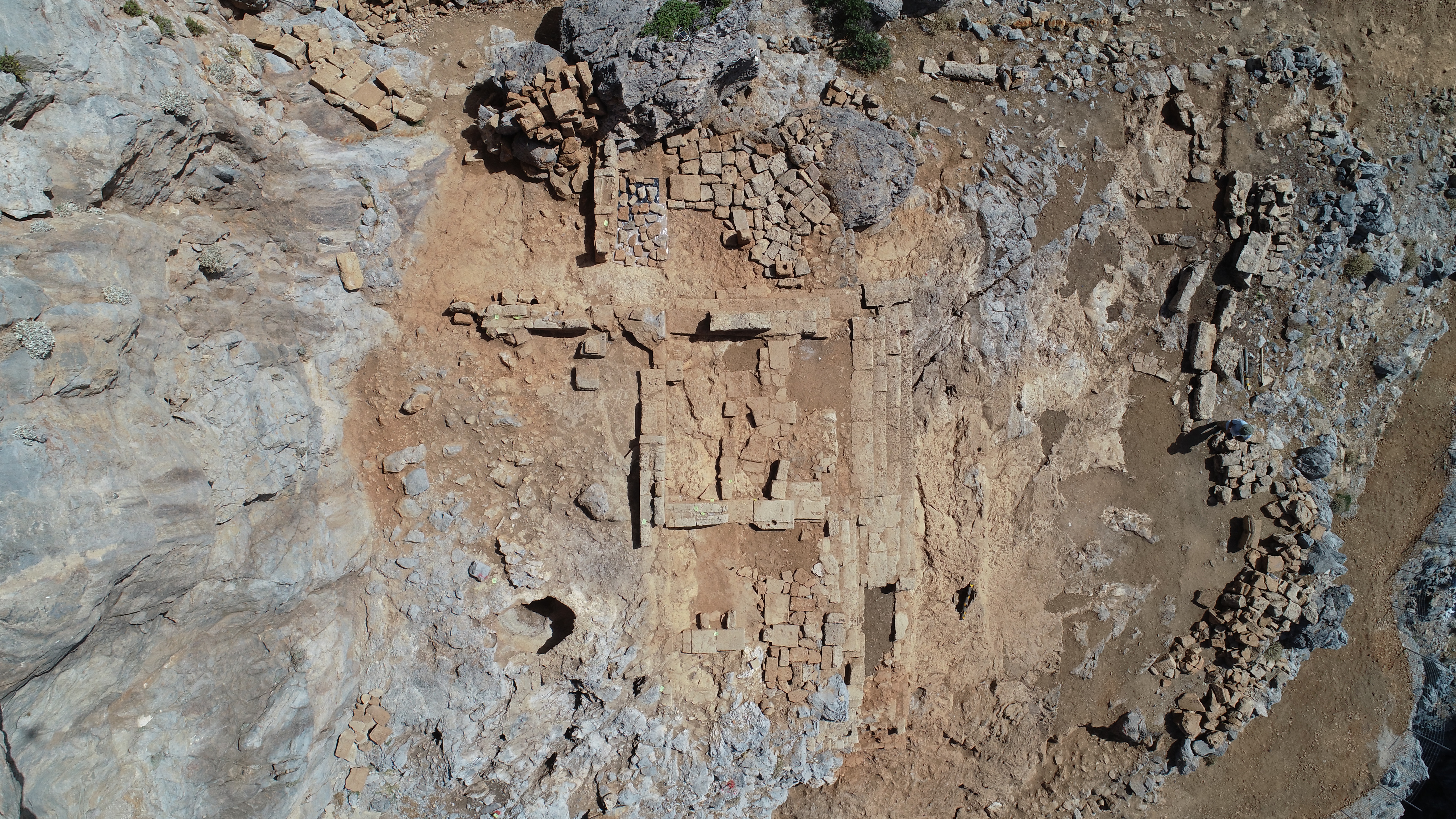
The excavations were carried out under the supervision of the Ministry of Culture and Sports and under the direction of Dr. Elpidas Hatzidakis, with the support of the director of Chania Ephorates, Dr. E. Papadopoulou, and the archaeologist of Eforia, Dr. Michalis Milidakis and master K. Mountakis. Archaeologists Dr. Michael Benton, K. Borboudakis, P. Zervoudakis, G. Apostolakis and architects T. Nakasis and N. Michaelides. E. Katsoulakis and K. Nikolakakis worked on the maintenance. The masters were S. Hyseni, H. Kounelakis, M. Markakis, E. Selimi, H. Moussa, G. Haralambakis and E. Partali. The project was carried out with the kind support of the AEGEAS AMKE Foundation (Thanasis and Marina Martinou), the Ministry of Merchant Shipping (General Secretariat of the Aegean) with the personal interest of the Minister, Mr. I. Plakiotakis, and the Association of Friends. ancient Falasarna.
James Springer is a renowned author and opinion writer, known for his bold and thought-provoking articles on a wide range of topics. He currently works as a writer at 247 news reel, where he uses his unique voice and sharp wit to offer fresh perspectives on current events. His articles are widely read and shared and has earned him a reputation as a talented and insightful writer.